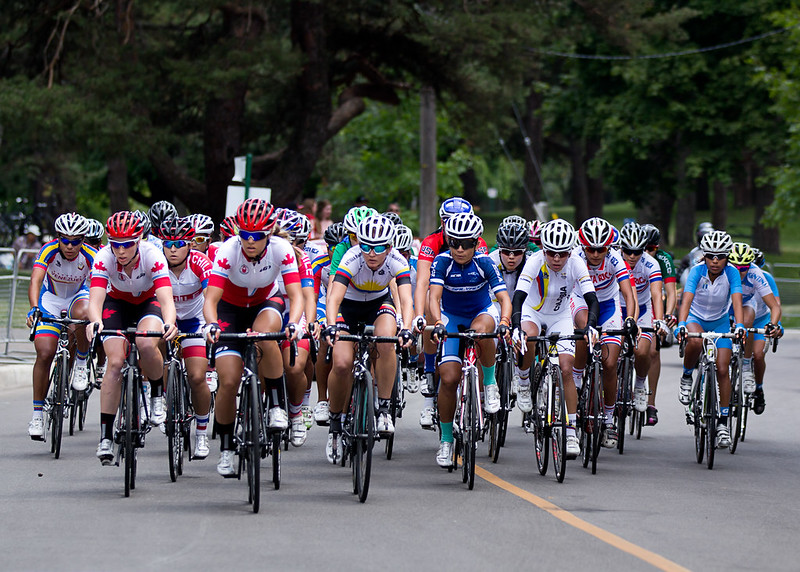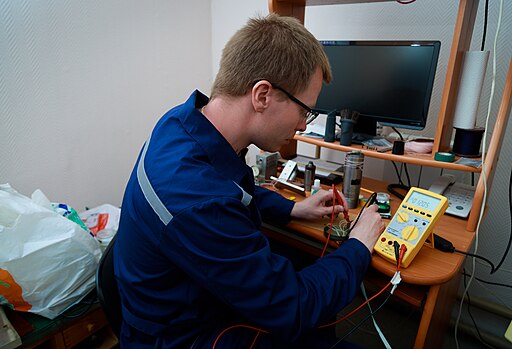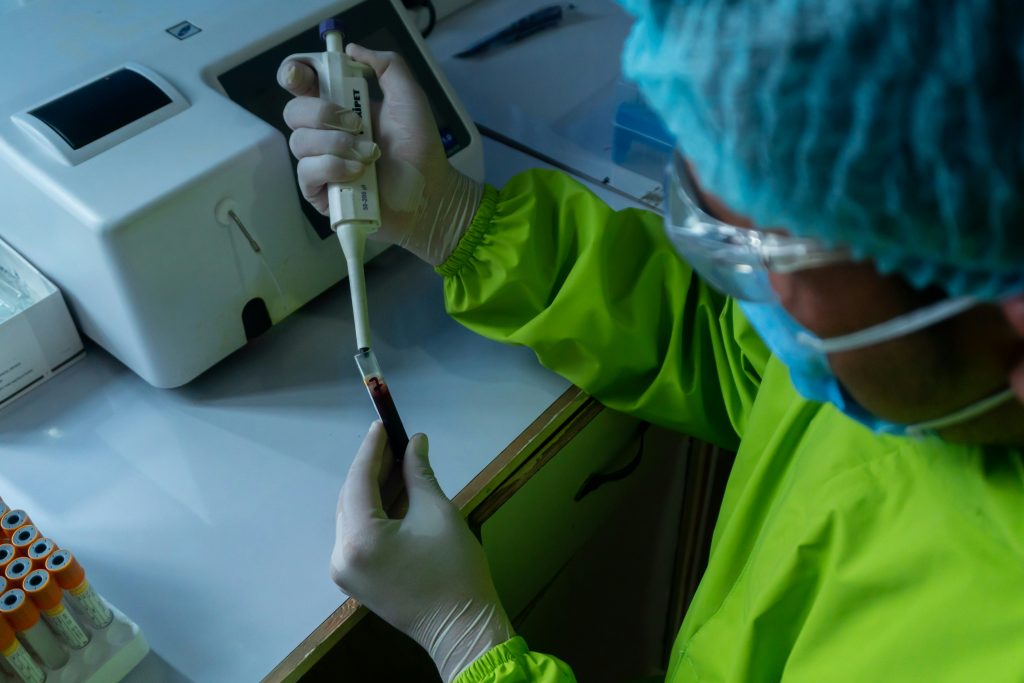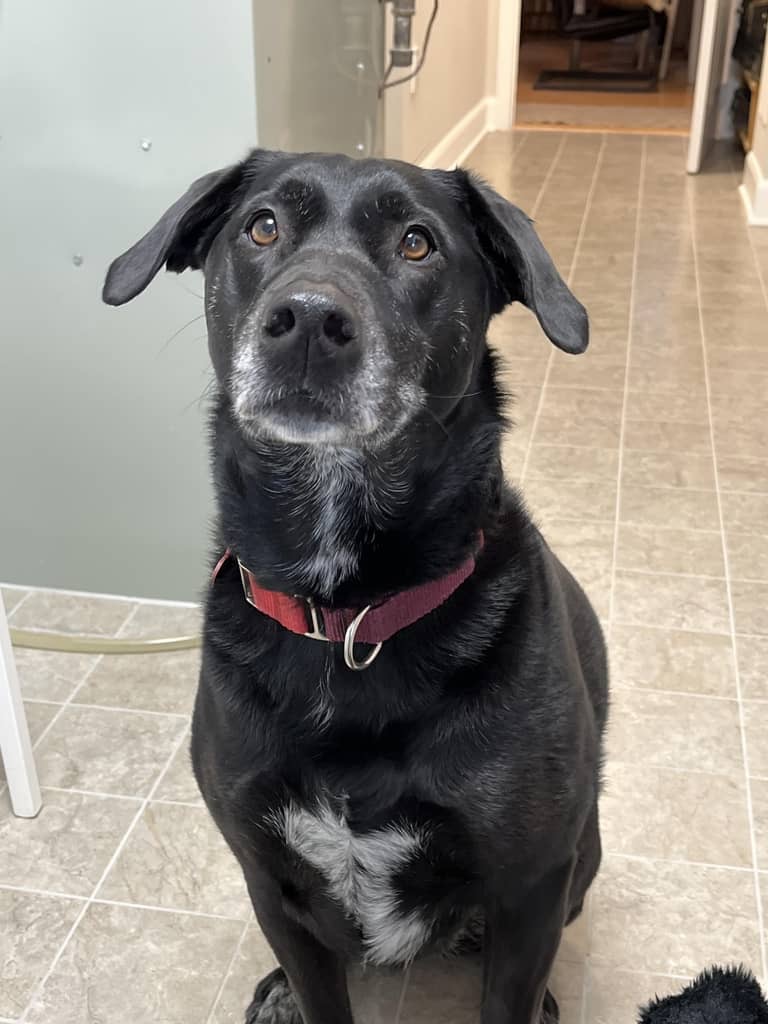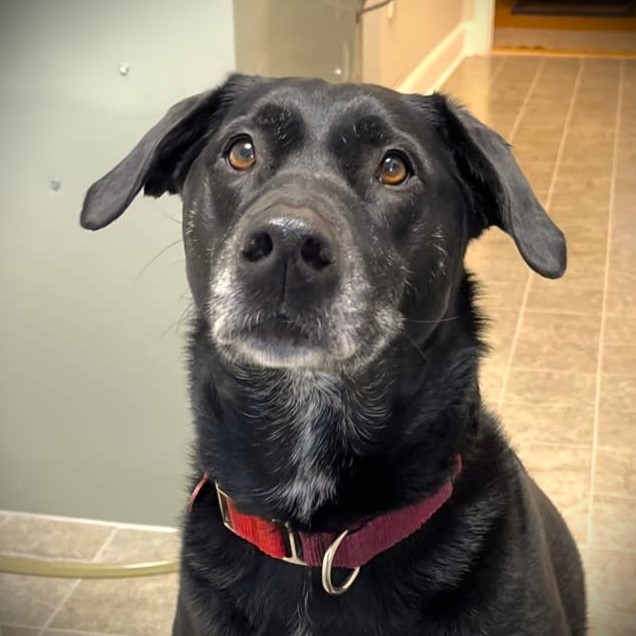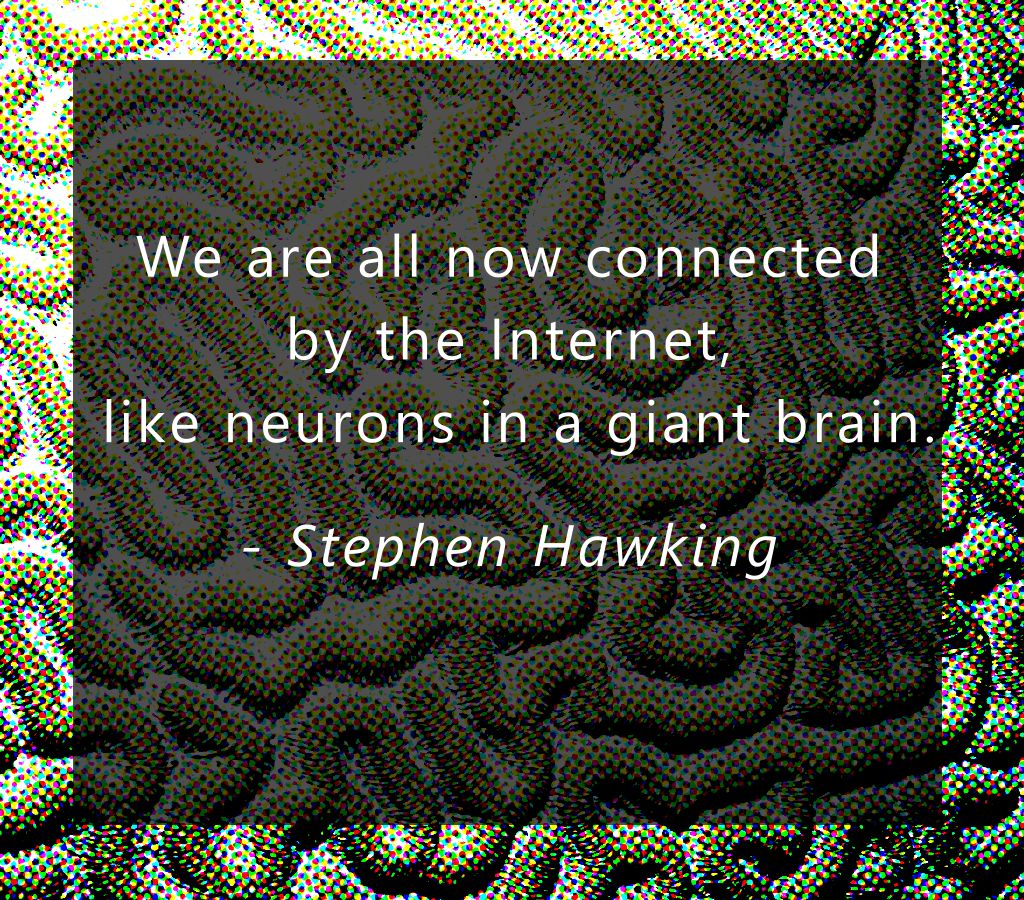Image Attribution Examples
Where to put your attribution
Looking at other open publications, attributions for images can vary; however, they are most commonly located in two places: 1) Below the image; or 2) In an attribution section at the bottom of the page. Both are appropriate options. Here are pros and cons to both outlined below.
Image Attribution Location
Pros/Cons |
Below image |
Bottom of Page |
| Pros |
|
|
| Cons |
|
|
Whatever you decide to do be consistent throughout your entire publication!
Creative Commons Licensed Images
All content using a Creative Commons license (save for CC0) requires attribution to the original creator of the work. The examples below are based on the helpful Creative Commons wiki article, Best Practices for Attribution.
Example 1 : Creative Commons Licensed Images
Example 2 : Creative Commons Licensed Images
Free Image Sites
Free-to-use image sites such as Pixabay, Pexels and Unsplash are fantastic resources for your OER. While these sites are provide free-to-use images that does not mean that all images on the site are copyright free. The vast majority of these images are copyright and these sites are simply granting permission to use them. Often the usage rights to these images do not require credit, however, it is STRONGLY recommended that this information is added. Why? Unless told otherwise, there is an assumption that anything included in the open textbook is the creation of the author. This practice also reflects strong academic integrity and respect, acknowledging the creative work was freely given to use. Finally, if somehow an image breaks in pressbooks, finding the source to replace it with will be easier.
Example 1 : Free Images
Example 2 : Free Images
Note: The above attribution is considered stronger than the previous example because it adheres to TASL structure including title, author, source and licensing information.
Public Domain and CC0 Images
Copyright does not last forever. After copyright expires, the image becomes part of the public domain, meaning that it is free from any copyright restrictions. Some creators waive their copyright before it expires and employ the creative commons designation of CC0.
While attribution is no longer mandatory, it is still strongly recommended. As part of academic integrity, it is important to acknowledge any work that is not your original creation as a form of respect and scholarly rigour.
Example 1 : Public Domain and CC0 Images
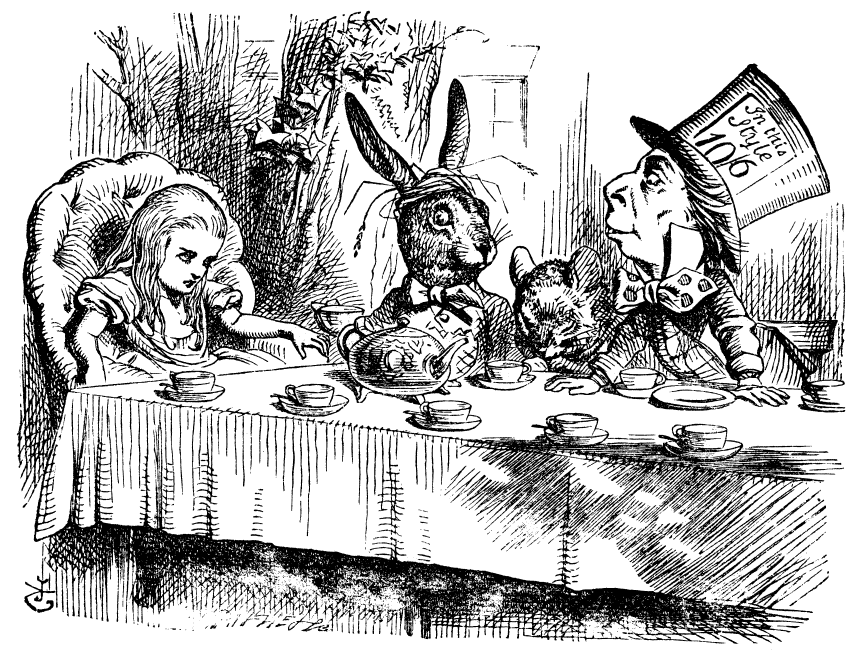
Example 2 : Public Domain and CC0 Images

All Rights Reserved Images
To use these images, you MUST obtain permission from the creator/copyright holder. Unlike in the classroom, you cannot rely on the rules of “fair dealing”. Refer to the source’s terms of use/ of service/ and conditions to what uses for the content are permitted by the creator/copyright holder.
Example 1 : All Rights Reserved Images
Altered Images
The examples below are based on the helpful Creative Commons wiki article, Best Practices for Attribution. How you write your attribution statement is based on what alterations you’ve made to the original.
If alterations are minor and mechanical (eg. cropping, contrast adjustments) changes do not significantly distort the original image and its meaning, these alterations are noted at the end of the statement. As demonstrated by figure 9, if the original image is significantly altered and combined with other elements, it is considered a new work and therefore, considered an adaptation of the original and is referred to as such in the attribution statement.
Example 1 : Altered Images
Note: Describe any minor mechanical alterations to an image (eg. cropping) that do not significantly distort or change the message of the original image in the attribution statement.
Example 2 : Altered Images
A.I. Generated Images
Generative Artificial Intelligence is still in its infancy and mired in copyright controversy. It is generally agreed upon that any images created by AI are copyright free and the generators still struggle with accuracy (see example below). This technology is here to stay and will continue to improve, therefore any use of gen A.I. must treated with absolute transparency. Below is a statement on how to properly acknowledge the use of an A.I. image, however, as the technology changes this advice may be revised to reflect these advancements.
Examples 1 : A.I. Generated Images

